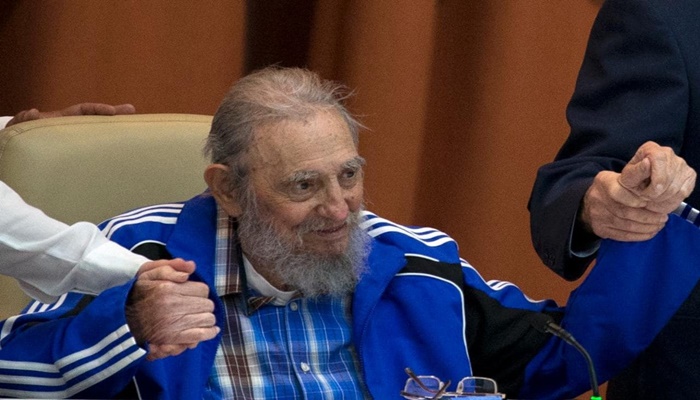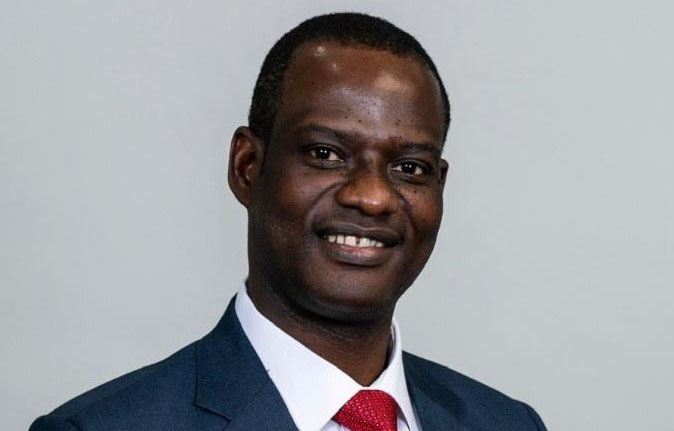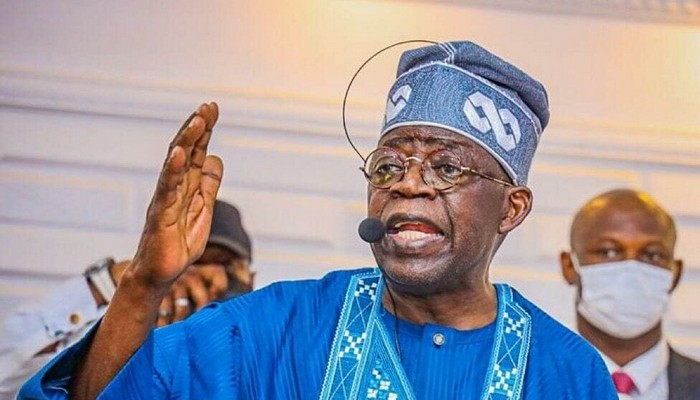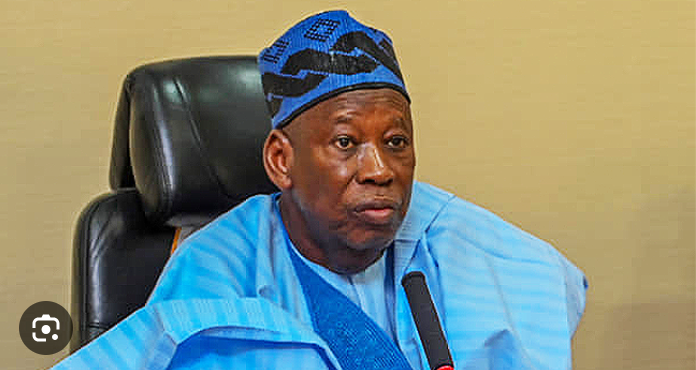
Fidel Castro, Cuba’s former president and leader of the Communist revolution, has died aged 90, his brother has said, according to BBC report monitored by Business247 News Online.
“The commander in chief of the Cuban revolution died at 22:29 hours this evening (03:29 GMT Saturday),” President Raul Castro said.
Fidel Castro ruled Cuba as a one-party state for almost 50 years before Raul took over in 2008.
His supporters said he had given Cuba back to the people. But he was also accused of suppressing opposition.
Ashen and grave, President Castro told the nation in an unexpected late night broadcast on state television that Fidel Castro had died and would be cremated on Saturday.
There would now be several days of national mourning on the island.
Raul Castro ended the announcement by shouting the revolutionary slogan: “Towards victory, always!”
Barring the occasional newspaper column, Fidel Castro had essentially been retired from political life for some time, the BBC’s Will Grant in Havana reports.
In April, Fidel Castro gave a rare speech on the final day of the country’s Communist Party congress.
He acknowledged his advanced age but said Cuban communist concepts were still valid and the Cuban people “will be victorious”.
“I’ll soon be 90,” the former president said, adding that this was “something I’d never imagined”.
“Soon I’ll be like all the others, “to all our turn must come,” Fidel Castro said.
Castro – who had survived many assassination plots – was the longest serving non-royal leader of the 20th Century.
Castro temporarily handed over power to his brother in 2006 as he was recovering from an acute intestinal ailment.
Raul Castro officially became president two years later.
1926: Born in the south-eastern Oriente Province of Cuba
1953: Imprisoned after leading an unsuccessful rising against Batista’s regime
1955: Released from prison under an amnesty deal
1956: With Che Guevara, begins a guerrilla war against the government
1959: Defeats Batista, sworn in as prime minister of Cuba
1961: Fights off CIA-sponsored Bay of Pigs invasion by Cuban exiles
1962: Sparks Cuban missile crisis by agreeing that USSR can deploy nuclear missiles in Cuba
1976: Elected president by Cuba’s National Assembly
1992: Reaches an agreement with US over Cuban refugees
2008: Stands down as president of Cuba due to health issues
Throughout the Cold War, Fidel Castro was Washington’s bete noire.
An accomplished tactician on the battlefield, he and his small army of guerrillas overthrew the military leader Fulgencio Batista in 1959 to widespread popular support.
Within two years of taking power, he declared the revolution to be Marxist-Leninist in nature and allied the island nation firmly to the Soviet Union.
Yet, despite the constant threat of a US invasion as well as the long-standing economic embargo on the island, Castro managed to maintain a communist revolution in a nation just 90 miles (145km) off the coast of Florida.
Despised by his critics as much as he was revered by his followers, he outlasted ten US presidents and defied scores of attempts on his life by the CIA.






